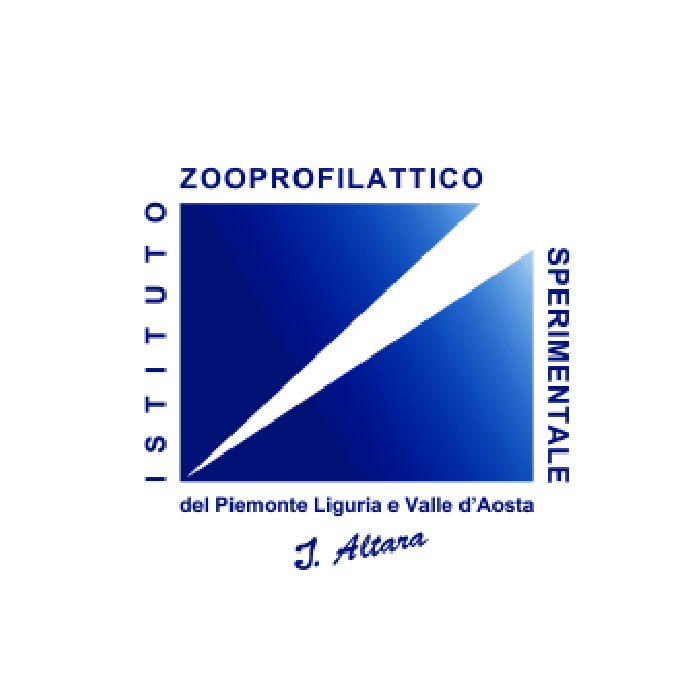Epidemiological cutoff values and genetic antimicrobial resistance of Lactococcus garvieae and L. petauri.
Lactococcus garvieae and L. petauri are etiological agents of lactococcosis, which cause significant losses in trout aquaculture at elevated water temperatures. Optimizing antimicrobial dosage regimens and identifying the minimum inhibitory concentration (MIC) are important prerequisites for determining clinical breakpoints and effective antimicrobial use. In the present study, epidemiological cutoff values (ECV) were established for 14 antimicrobials using L. garvieae (n = 32) and L. petauri (n = 78), isolated from rainbow trout farms in Türkiye, Spain, Italy, and Greece. The provisional ECVs were calculated using the ECOFFinder and normalized resistance interpretation (NRI) approaches. Furthermore, gene cassettes, capsule gene clusters, and the presence of fourteen antibiotic resistance genes (ARGs) that encode resistance against seven antimicrobial agents, were evaluated. The calculated ECVs of antimicrobials ranged from 1.25 μg mL−1 for amoxicillin to 80.25 μg mL−1 for streptomycin. The percentages of wild type (WT) and non-wild type (NWT) isolates differed based on the approach, and ECVs calculated based on ECOFFinder approach were generally higher. Among the ARGs, those encoding resistance against tetracycline (tetA), β-lactamase (blaSHV, blaTEM, and blaOXA), amphenicol (floR), and macrolide (ermA) were detected in <10% of the isolates. The genes encoding resistance against quinolones (gyrA and qnrA) and aminoglycosides (strB) were the most detected genes. While 40.9% of the isolates contained Class 1 integron cassette regions, 33.6% of the isolates contained Class 2 integron cassette regions, and 9.1% of the isolates contained both cassette regions. None of the screened isolates were positive for the capsule gene cluster. Significant but weak correlations were found among and between ARGs and MIC distribution of antibiotics. The results of this study could be useful for identifying WT and non-WT isolates, as well as for susceptibility surveillance.
Read more -> https://doi.org/10.1016/j.aquaculture.2024.741340



